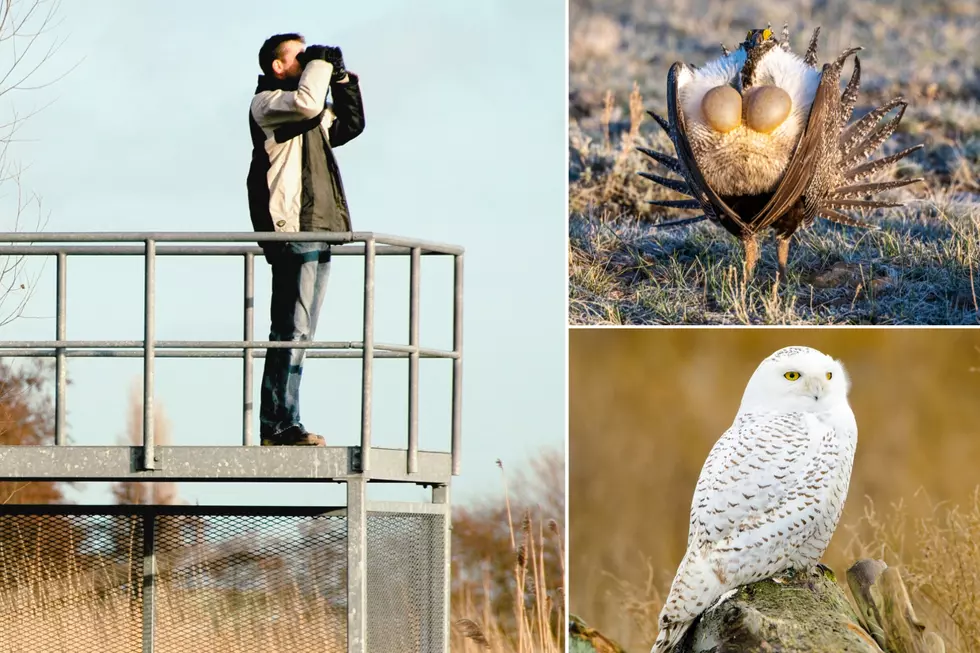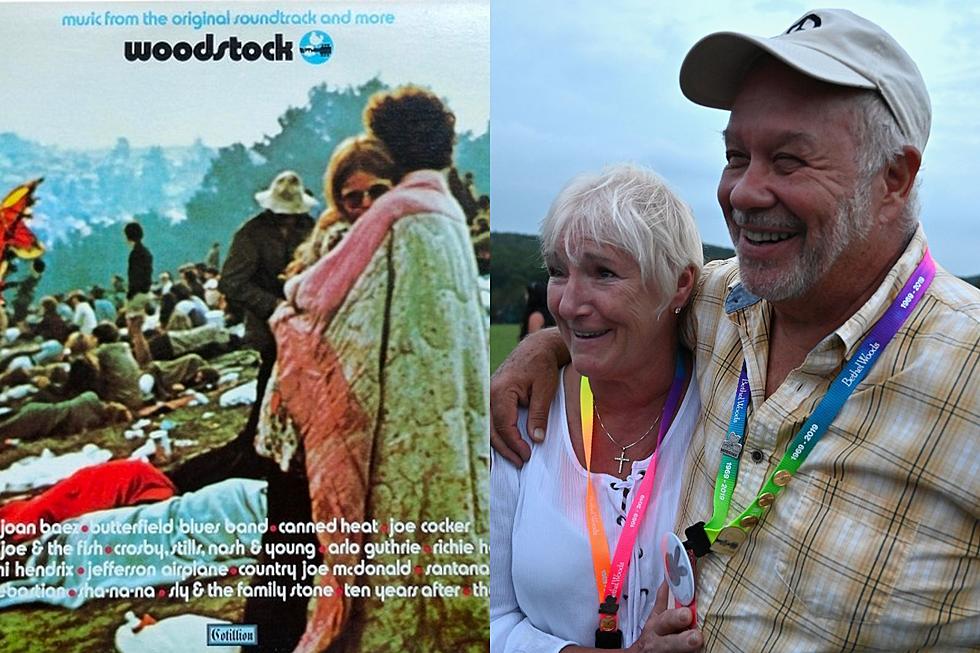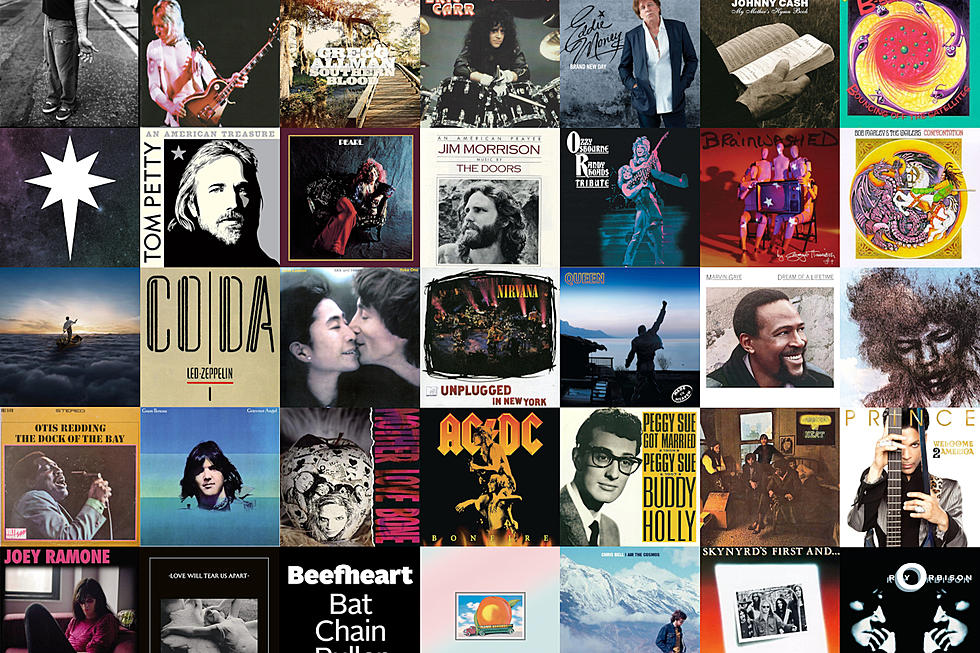
5 mistakes spring bird watchers make in central Washington
Washington has always amazed me with its variety of wildlife and natural views. Even though I've been living in the Tri-Cities for seven years, and exploring the beautiful areas of Washington State since, I'm still often surprised by the sight of an animal, bug, or bird that I wasn't expecting. Just a few weeks ago, for example, I watched a kestrel hunt and feed on a small water snake along the river.
Loving wildlife also means protecting wildlife, though. While spring has fully encompassed Washington, there are some mistakes that we need to avoid when going out bird watching - some of which can put species survival at risk.
Mistake #1: Getting out of the car.
Yes - just getting out of your car can be a bad idea. Audobon calls this Birdest Rule #35: Learn to Bird From Your Car. Human activity can disturb birds, which is why it's good to find a nice place to park, sit quietly with your windows down, and watch with binoculars. You won't bother the birds, who might spook and even leave the area permanently when disturbed. And the plus: you enjoy a better view of the bird's natural behavior, without leaving your human comforts.
Mistake #2: Trespassing.
It's your responsibility to know whether or not you're trespassing on private or protected land. Yes, even if there's no sign posted. Do your research before you pick a place for birding. And even if you are granted permission to go on private lands, mind the privacy of those who live there.

Mistake #3: Off-roading.
Even when there are dirt roads technically available for vehicles, it's best to stick to the asphalt and the gravel you're used to. Soft soil during the spring months easily gets disturbed by vehicles passing over it, which in turn disturbs or destroys the natural environment birds and other species rely on.
Mistake #4: Sharing exact locations or GPS data.
I know. I get it. GPS data is something that's naturally collected on our mobile devices, cars, and everything else electronic. But sharing the exact location of some threatened species, like the greater sage-grouse, puts them at risk from both irresponsible birders and persons with malicious intent (like poachers). Turn it off if you can, strip it from photos, and decline to share exact coordinates unless with a verified state official.
Mistake #5: Firing up the drones.
The drone is a great invention that make aerial observation and photography incredibly accessible for the average person. However, drones often disturb wildlife, especially birds and small animals that are sensitive to flying objects in their area. This can be legally determined as harassment of wildlife. Besides, once again - you want to observe the birds naturally, not stress them out.
And in case I need to repeat myself, most importantly, don't feed the wildlife.
If you want more tips on birding in southern and central Washington - especially when looking for the greater sage-grouse or snowy owl - read this blog from the Washington Department of Fish and Wildlife.
Washington's Most Watched Birds
Gallery Credit: Patti Banner
Looking to spot something rare this spring? Here are Washington's endangered species.
Gallery Credit: Jaime Skelton
More From 94.5 KATS









